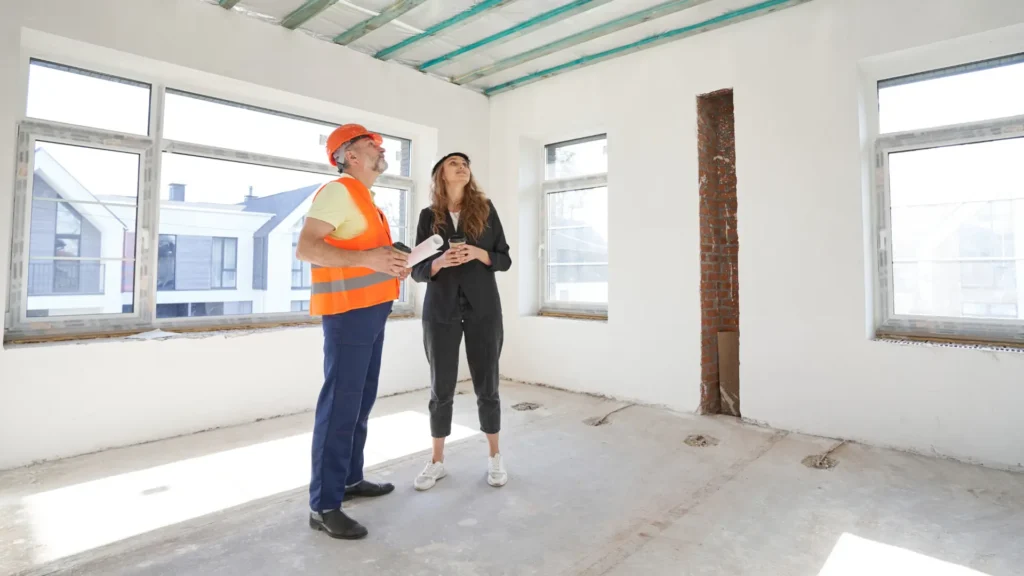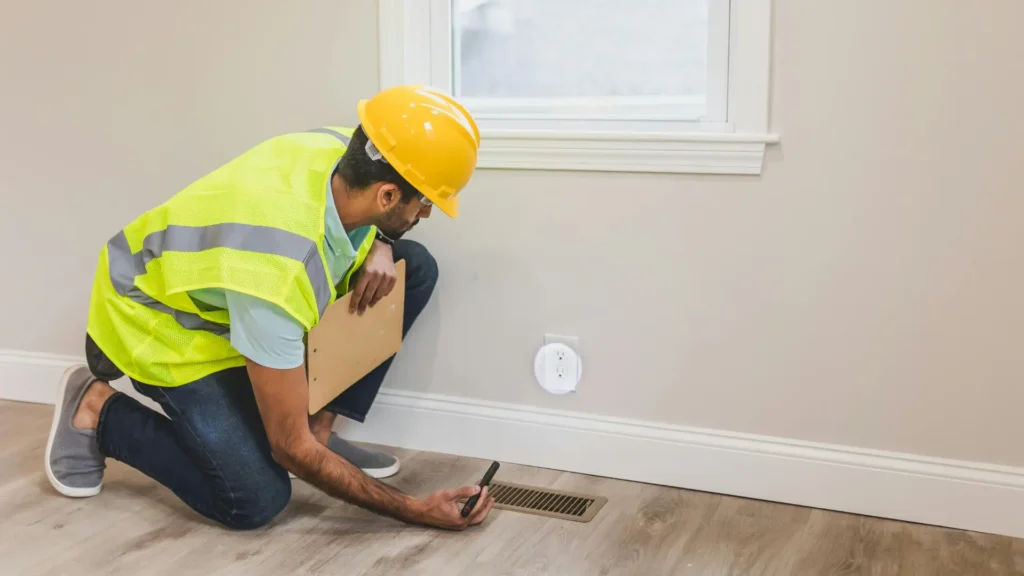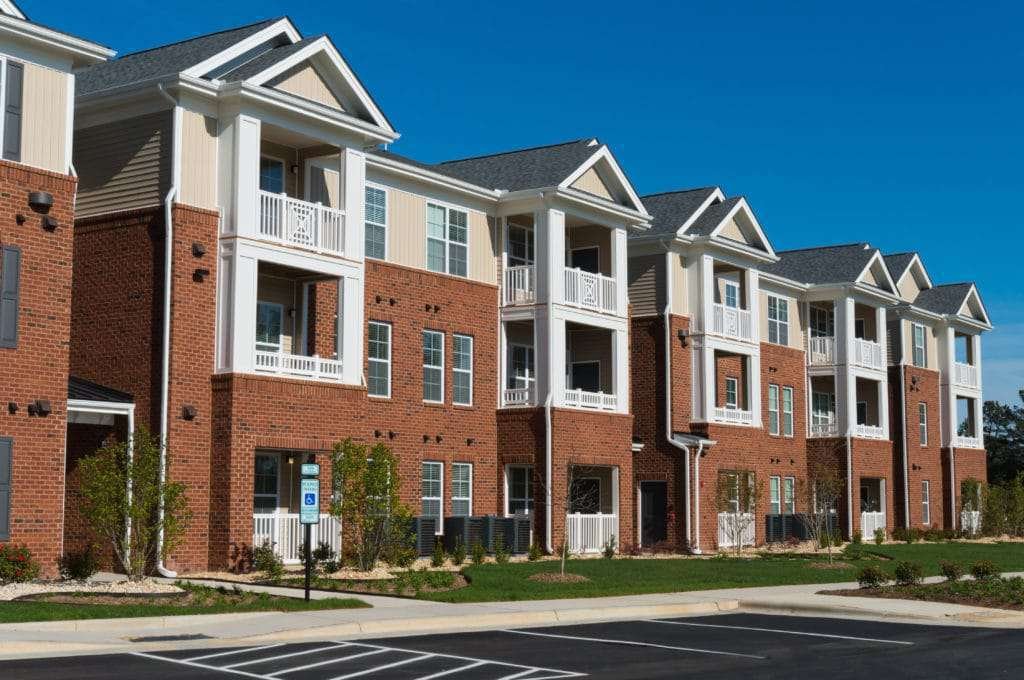The NSPIRE inspection process is essential for ensuring that affordable housing properties meet the required health, safety, and quality standards outlined by the Department of Housing and Urban Development (HUD). As a property manager, understanding the ins and outs of this process can help you navigate inspections with ease and avoid common failures. In this post, we will break down the NSPIRE inspection process, including what to expect at each phase, the key areas of focus, and the best ways to prepare your property for success. We’ll also highlight how NSPIRE Experts can assist you in ensuring compliance and passing your inspection on the first try.

Understanding the NSPIRE Inspection Process
The Phases of the NSPIRE Inspection
The NSPIRE inspection process unfolds in several phases, each with its own set of expectations and timelines. Understanding these phases is critical for ensuring your property is prepared at every stage:
- Pre-Inspection Notification: HUD will notify you about the upcoming inspection, including the date, time, and scope of the inspection. It’s essential to confirm your availability and make sure the property is ready for the evaluation.
- The On-Site Evaluation: The inspector will assess various elements of your property, including safety, plumbing, HVAC, and overall maintenance. This is the core inspection phase where non-compliance issues are identified.
- Post-Inspection Report: After the inspection, you will receive a report outlining any deficiencies found during the evaluation. If any critical issues are noted, you’ll need to address them before passing the inspection.
For a detailed overview of NSPIRE inspection standards, you can visit the official NSPIRE program overview.
How NSPIRE Inspections Differ from Traditional HUD Inspections
The NSPIRE inspection process is a significant evolution from the previous REAC inspections. Unlike the older model, NSPIRE focuses more on long-term maintenance and habitability, not just the condition of the property at the time of inspection. Key differences include:
- Emphasis on Habitability: NSPIRE inspections focus more on ensuring that properties are consistently safe and habitable, with an emphasis on long-term compliance.
- Comprehensive Scoring System: Unlike previous inspections, NSPIRE uses a detailed scoring system that reflects not only the property’s condition but also its maintenance practices over time.
- Increased Focus on Tenant Safety: NSPIRE introduces more rigorous standards for tenant safety, including the condition of smoke detectors, fire exits, and general property cleanliness.

NSPIRE Inspection Scoring
The NSPIRE inspection process is crucial for ensuring properties meet HUD’s standards for health, safety, and overall habitability. To pass the inspection with ease, property managers must understand how the NSPIRE scoring system works. The inspection score directly influences the property’s eligibility for HUD funding, penalties, and other regulatory consequences.
How the NSPIRE Inspection Score is Calculated
The NSPIRE inspection score is calculated based on a comprehensive evaluation of the property’s condition. It includes multiple factors such as safety, functionality, and overall maintenance. Each area is assigned a specific weight, and the final score reflects how well the property meets NSPIRE standards.
Here’s a breakdown of the scoring criteria:
- Safety and Habitability (25% of the score): This section assesses life-safety systems such as smoke detectors, fire exits, and structural integrity. Ensuring tenant safety is the highest priority in the NSPIRE inspection process.
- Plumbing and Water Systems (20%): Inspectors will evaluate the water pressure, plumbing leaks, water heaters, and proper drainage systems. Any malfunctioning water system can lead to a failed inspection.
- Electrical and HVAC Systems (20%): Properly functioning electrical systems, outlets, wiring, and HVAC units are essential. If these systems don’t meet the required standards, the score will be negatively impacted.
- General Maintenance (15%): The property’s cleanliness, structural soundness, and maintenance of common areas such as hallways, stairwells, and lobby spaces are also reviewed.
- Property Exterior and Landscaping (10%): The overall condition of the building’s exterior, grounds, and landscaping is assessed. Proper maintenance in this area ensures a positive inspection outcome.
- Tenant Feedback (10%): In some cases, tenant feedback on the overall living conditions is incorporated into the score. Ensuring tenants are satisfied can positively influence your NSPIRE score.
By understanding these criteria, property managers can target high-priority areas and improve their NSPIRE inspection score.

Key Areas of Focus During the NSPIRE Inspection Process
Safety and Habitability
One of the most critical components of the NSPIRE inspection process is ensuring that the property meets basic safety and habitability standards. This includes verifying that:
- Smoke detectors are installed and functional
- Fire exits are unobstructed and clearly marked
- Handrails are secure
- Windows and doors are in proper working order for emergency evacuations
If any of these safety features are not up to code, it could lead to a failed inspection.
Plumbing, Electrical, and HVAC Systems
NSPIRE inspectors will also evaluate the core systems of your property, including plumbing, electrical, and HVAC. Here’s what they look for:
- Plumbing: Check for leaks, proper water pressure, and functioning water heaters. Any issues with water systems can result in an inspection failure.
- Electrical Systems: Inspectors will assess the wiring, outlets, and grounding. Faulty or outdated electrical systems are a common cause for inspection failures.
- HVAC: Your heating and cooling systems must be functioning properly to pass inspection. Inspectors will verify that the HVAC system maintains proper indoor air quality and temperature control.
General Maintenance and Cleanliness
The overall condition and cleanliness of the property are also assessed during NSPIRE inspections. This includes:
- The condition of floors, walls, and ceilings
- Window and door functionality
- Proper waste disposal and cleanliness in common areas
A well-maintained property shows that you are committed to keeping your building in good condition, which directly impacts your NSPIRE inspection score.

How to Prepare for a Successful NSPIRE Inspection
NSPIRE Pre-Inspection
Preparation is key to passing the NSPIRE inspection process. A NSPIRE pre-inspection can help you stay on track by highlighting the key areas to review before the official inspection. Some areas to include in your pre inspection are:
- Checking smoke detectors and fire safety features
- Ensuring plumbing and HVAC systems are functioning
- Inspecting structural integrity for any cracks or damages
You can download our NSPIRE pre-inspection checklist to get started on your property’s inspection prep.
Schedule Regular Maintenance and Inspections
Maintaining your property year-round is the best way to prepare for a successful NSPIRE inspection. Schedule routine maintenance to address minor issues before they escalate into bigger problems. Consider conducting mock inspections to identify any potential areas of concern and address them promptly.
Address Common Deficiencies in Advance
Focus on addressing the most common deficiencies that lead to failed NSPIRE inspections, such as faulty electrical wiring, plumbing leaks, or missing safety features. By fixing these issues in advance, you will have peace of mind knowing your property is inspection-ready.
NSPIRE Pre-Inspection Services: How to Maximize the Benefits
A NSPIRE pre-inspection is one of the most effective ways to ensure your property is ready for the official NSPIRE inspection process. This service helps identify potential issues that could lead to a failed inspection, allowing property managers to make the necessary corrections before the real evaluation.
The Importance of Pre-Inspections in Preventing Failures
Conducting a NSPIRE pre-inspection is essential for several reasons:
- Identify Issues Early: By identifying deficiencies before the official inspection, you have ample time to correct any issues and avoid inspection failures.
- Save Time and Money: Addressing deficiencies early prevents last-minute rushes to fix issues, saving both time and the cost of emergency repairs.
- Boost Your Confidence: A pre-inspection ensures that your property is NSPIRE inspection-ready, giving you peace of mind that everything meets HUD standards.
With NSPIRE Experts’ pre-inspection services, you’ll receive a detailed report identifying any potential issues before the inspection date. This allows you to address them proactively and avoid costly penalties or compliance setbacks.
To learn more about our NSPIRE Pre-Inspection Services, visit NSPIRE Pre-Inspection Services.

NSPIRE Experts: Your Trusted HUD Compliance Consultants
How NSPIRE Experts Support You Through the Inspection Process
At NSPIRE Experts, we specialize in helping property managers navigate the NSPIRE inspection process. Our services include thorough pre-inspections, identifying potential issues, and providing expert advice on how to fix them. Our team of experts is here to guide you through every phase of the inspection process, ensuring your property meets all NSPIRE standards.
The Benefits of Expert Guidance During NSPIRE Inspections
Working with NSPIRE Experts ensures you have a team of professionals by your side throughout the inspection process. Our expert guidance helps you:
- Avoid common pitfalls during the inspection
- Ensure compliance with all NSPIRE standards
- Achieve a successful inspection with minimal stress
Whether you need inspection shadowing or pre-inspection services, we’re here to help. Learn more about our inspection shadowing services to see how we can support you during the official inspection day.
